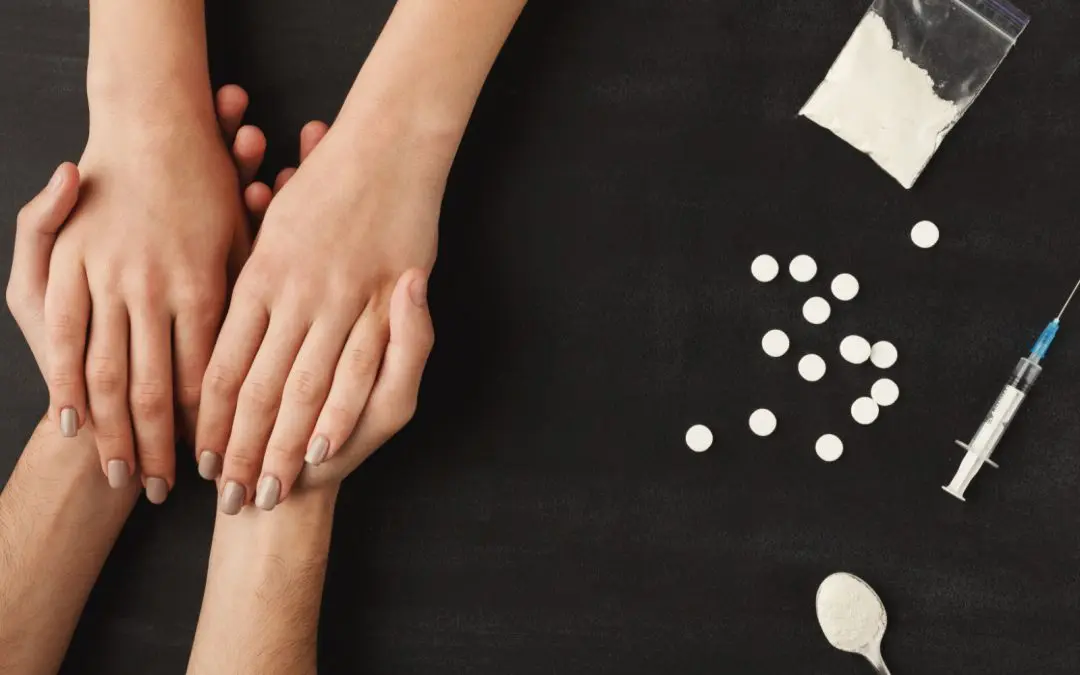24/7 Helpline:
(866) 899-111424/7 Helpline:
(866) 899-1114
Learn more about Intensive Outpatient Program centers in Big Cabin

Other Insurance Options

Medical Mutual of Ohio

Multiplan

State Farm

PHCS Network

Optima

Sutter

WellPoint

GEHA

American Behavioral

Magellan Health

Health Partners

UMR

Access to Recovery (ATR) Voucher

Optum

Anthem

AllWell

BHS | Behavioral Health Systems

Private insurance

Providence

BlueShield










Grand Lake Mental Health Center
Grand Lake Mental Health Center is an accredited co-occurring substance use disorder rehab in Vinita...

ROCMND Area Youth Services
ROCMND Area Youth Services is a private rehab located in Vinita, Oklahoma. ROCMND Area Youth Service...


Rose Rock Recovery Center
Rose Rock Recovery Center is a public rehab located in Vinita, Oklahoma. Rose Rock Recovery Center s...




